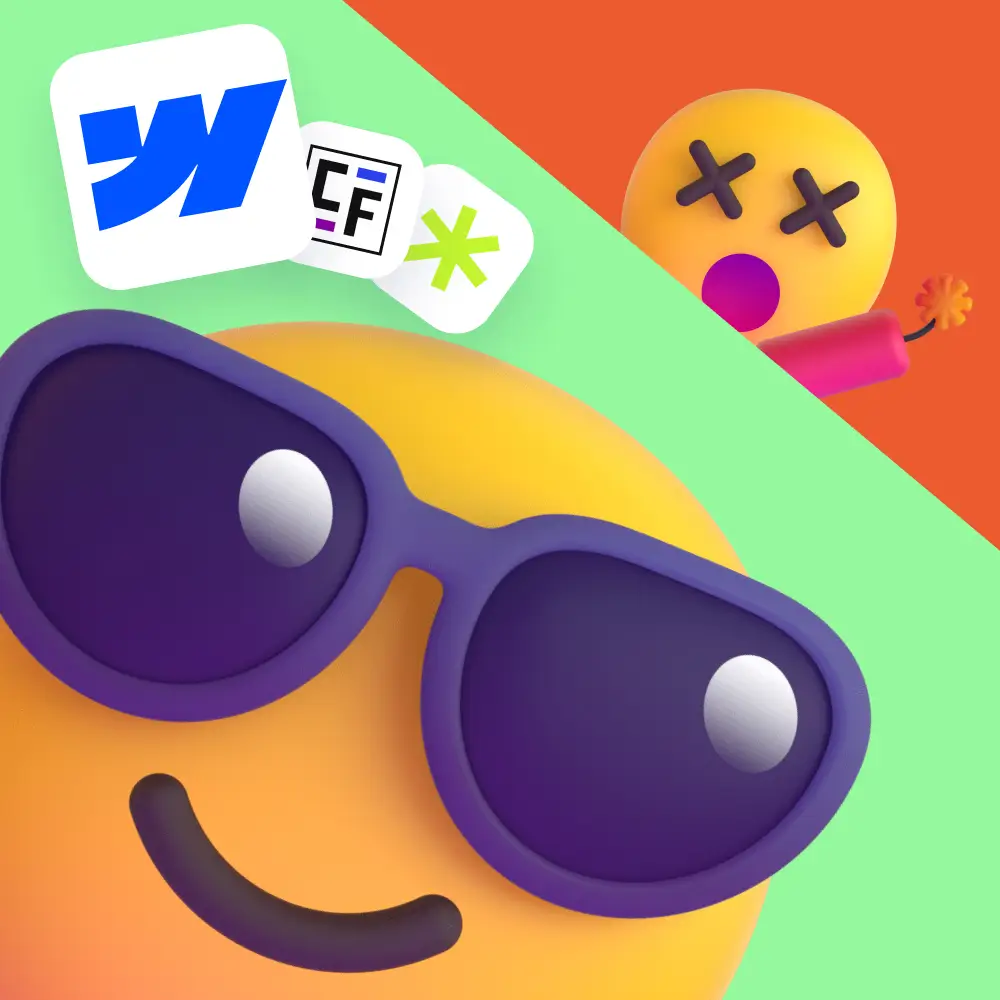What Is User Experience Design?
That lovely, squishy phrase everyone nods at in meetings, but few can actually define without sounding like they're pitching a yoga retreat for apps. If you've ever used a website and thought, "Well that was easy," congratulations, you've experienced good UX.
If you've ever tried to buy a t-shirt online and ended up subscribed to five newsletters and an offshore bitcoin scheme, well... you've met its evil twin.
Let's get one thing clear: UX stands for user experience, and it's not just for tech bros in co-working spaces sipping $12 cold brews. It's how someone feels when they use a product, whether it's a website, a chair, or your mum's toaster.
So, What Actually Is UX Design?
UX design is the process of making sure your product doesn't make people want to throw their phone into a volcano. It's designing everything around how a user interacts with your thing, whether that thing is a booking app or a ceramic mug.
Imagine a chair. You sit in it. It doesn't make your spine weep. That's UX! WOW. Maybe it's even got a cheeky lumbar support situation going on, (*polite golf claps) thats even better UX design.
Good design should disappear. You shouldn't notice it's there. Great design, though? That makes you sit down and go, "Ooh. My bum is grateful." Same with websites or apps. If someone needs to ask Steve from accounts how to navigate your dashboard app, you've failed. The goal is frictionless interaction. No confusion. No stress. Just smooth sailing.
UX vs UI: Same Same but Different
Here's where most people get muddled up but I can't balme them. UX and UI are not the same thing. UI (user interface) is part of UX, like the condiments at a BBQ. Important, yes, but not the whole sausage.
Good UI is how things look. UX is how they work. And the two together? That's where magic (and money) happens.
Case in point: if your site looks like it was built during the MySpace era and asks for credit card info, no one's biting. Bad UI = bad trust = bad user experience.
Why Should You Care?
Because bad UX costs you. Every button someone doesn't click, every cart someone abandons, every confused sigh from a user; that's money, trust, and future customers flying out the window.
Good UX?
- Fewer angry reviews.
- More signups.
- More sales.
- Less Steve.
Your job as a business owner or designer is to get people to their goal faster and happier. That might mean designing a clean navigation flow, writing clear copy, or (radical thought) not slapping them with a pop-up before they've even seen your homepage.
Yes, we see you, "Sign up for 20% off" popup. And no, we're not interested in your artisanal soap newsletter at 9am on a Tuesday.
Pro tip, don't create speedbumps on your website.
So What Do UX Designers Actually Do?
No, they don't just "move pixels around." They map out user journeys. They figure out what the user needs to see first, what they might worry about, and how to gently shepherd them toward that glorious "Buy Now" button without them even realising it.
In a startup, especially for SaaS, a UX designer is your best friend. They're not just making things pretty. They're crafting the entire user flow, making sure your product makes sense from first click to final payment.
They look for problems in the system, friction points, drop-offs and anything that can lead to confusion. They refine, optimise, and occasionally wage war against the developer who insists Comic Sans is "underrated." or once I heard, if a user is too dumb to use my app then they shouldn’t be using it....
Final Thoughts: Start Noticing
The next time you open an app, fill out a form, or even hold a mug; take a moment. Did that interaction feel seamless? Did it just work? That's good UX design. Start noticing when something feels effortless, because behind every effortless experience is a designer who lost sleep over where to put a bloody "Next" button.
And if your website makes people feel like they've been dropped into an online escape room... maybe it's time to call What IF Web. Before Steve gives up.




